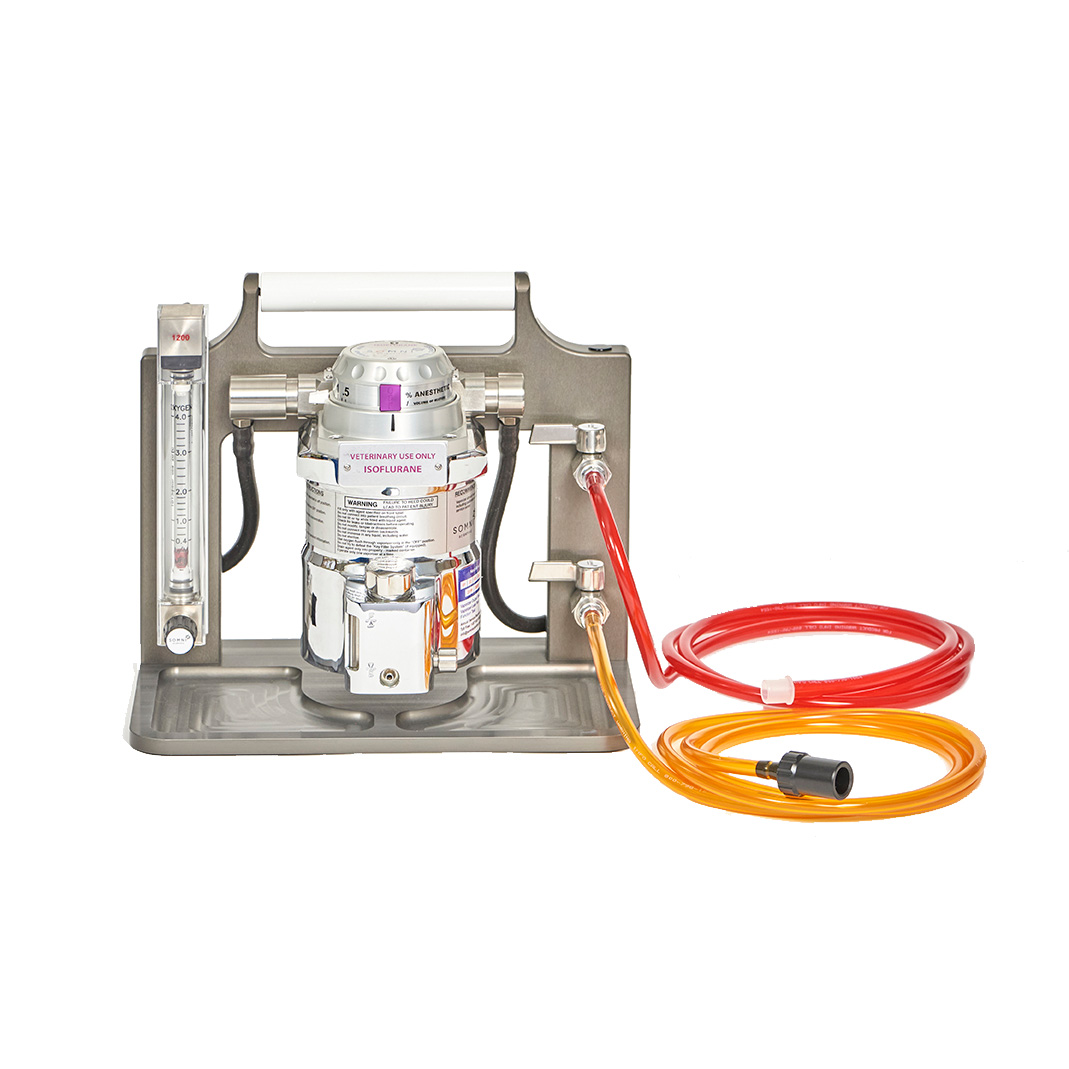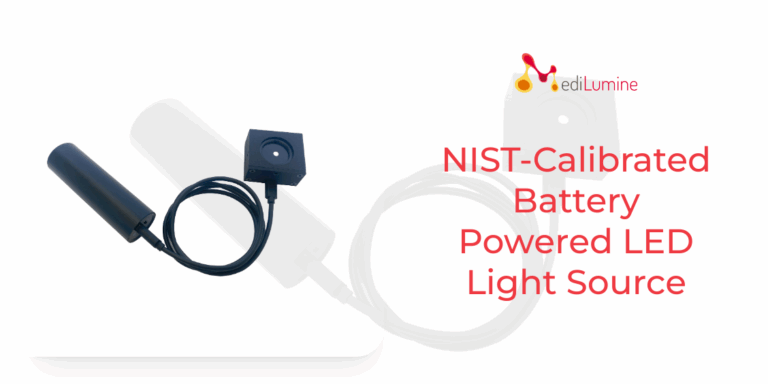We recommend servicing your anesthetic vaporizers in a preclinical research setting at least once a year.
Inhalation anesthesia systems are widely used for their effectiveness in maintaining consistent and reversible anesthesia in laboratory animals. However, ensuring the safety and efficacy of these systems depends heavily on the proper calibration and maintenance of all components, particularly vaporizers and anesthesia machines. While these devices may appear to function reliably during daily use, without routine inspection and documentation, small defects can go unnoticed—potentially compromising both animal welfare and personnel safety.
The Importance of Maintenance in Laboratory Animal Programs
As emphasized in The Guide for the Care and Use of Laboratory Animals (NRC, 2011), appropriately administered anesthesia is essential to high standards of animal care. Anesthetic equipment plays a central role in this process, and its performance must be routinely evaluated to maintain both compliance and best practices.
Vaporizers, which are responsible for delivering precise concentrations of anesthetic gases such as isoflurane or sevoflurane, must be maintained in accordance with manufacturer specifications. This often includes scheduled calibration—either on-site or by returning the unit to the manufacturer for service. Variables such as the type of anesthetic agent used, the model of the vaporizer, and frequency of use all influence maintenance intervals.
Beyond the Vaporizer: A System-Level Approach
The anesthesia machine itself, including flowmeters, hoses, and scavenging systems, should be treated as part of an integrated unit. Even minor wear in components such as gaskets, seals, or flutter valves can affect the overall function of the system. Importantly, undetected leaks not only diminish anesthetic delivery to the animal but also pose occupational exposure risks to lab personnel.
Routine leak checks, functional testing of scavenging devices, and physical inspections should be part of a standardized maintenance schedule. Incorporating operational risk assessments—conducted in collaboration with veterinary staff, environmental health and safety officers, and users—can further support safe usage.
Documentation and Compliance
AAALAC International emphasizes the need for documented evidence of anesthetic equipment maintenance and performance verification. Whether tracking is done via spreadsheets, database entries, physical tags, or barcodes, the goal remains the same: to ensure each unit is functioning safely and effectively.
Here is link to excerpt from AAALAC stressing the importance of routine maintenance of anesthetic vaporizers : https://www.aaalac.org/accreditation-program/faqs/#D1
Maintaining a transparent and traceable maintenance log facilitates both internal quality assurance and readiness for external accreditation reviews.
A proactive approach to anesthetic equipment maintenance protects not only the health and safety of research animals and personnel but also supports the integrity of experimental outcomes. By adhering to manufacturer guidelines, implementing routine checks, and maintaining clear documentation, research facilities can align with both regulatory expectations and best practices.
Contact us at info@medilumine.com to inquire about getting your anesthetic vaporizer on a service contract.
View our full line of anesthetic vaporizers here : https://medilumine.com/product-category/systems-and-accessories/anesthesia-system-and-accessories/vaporizers



